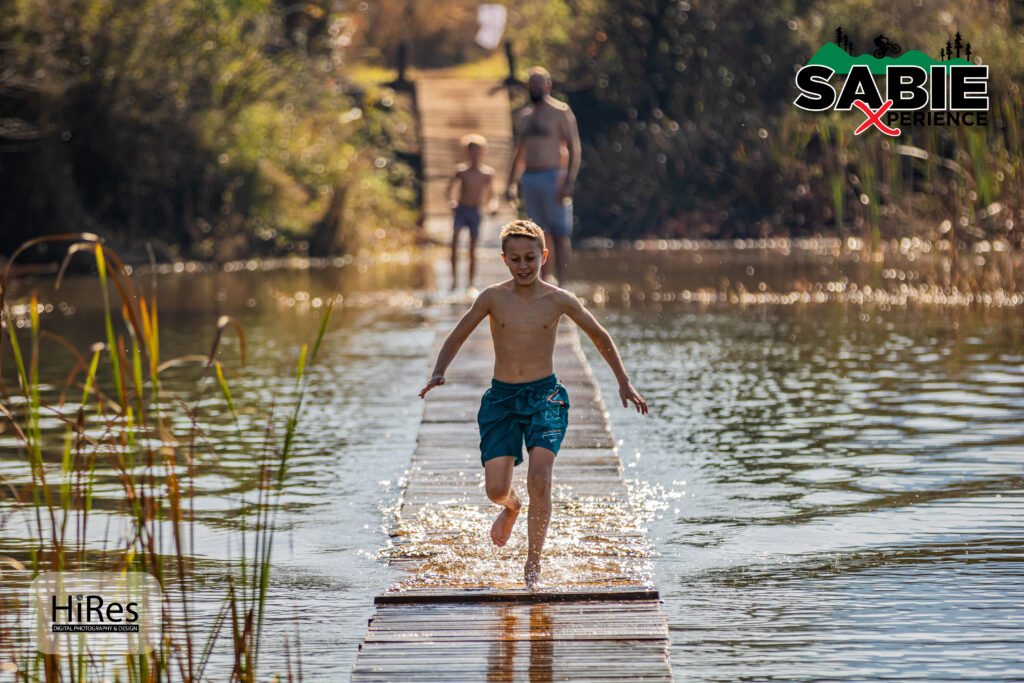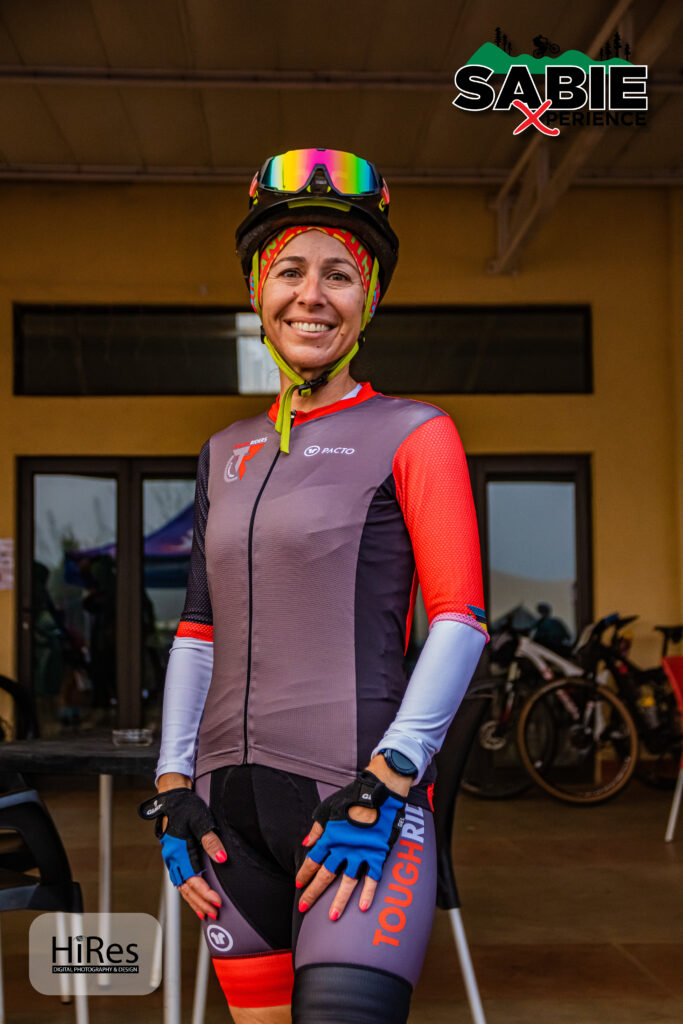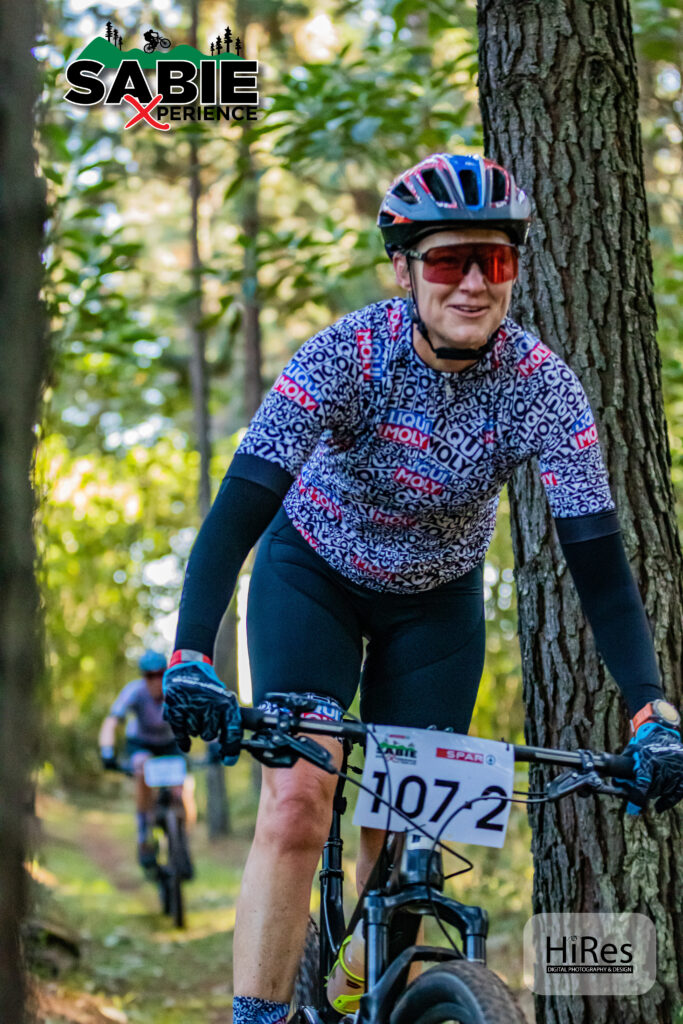
The results of Tread Media’s 2022 South African Women’s MTB survey were published earlier this year and offer a unique insight into the world of women’s mountain biking.
It’s no surprise that women are underrepresented in the sport, and while we don’t want to be another voice in the cacophony of armchair activists bemoaning inequality and injustice around every corner, we wanted to take an honest look at where things stand in women’s mountain biking.
Mountain biking has historically been a male-dominated sport since the early 80s. However, the disparity between males and females taking part in outdoor sports isn’t huge (an 8% gap in 2018 according to the Outdoor Industry Association).
Mountain biking requires specialised equipment, speed and agility, travel to areas that are out of town and in semi-rugged terrain, as well as physical risk-taking; characteristics of activities generally seen to be favoured by boys who love to do dangerous things really fast.
But are men really the only ones who enjoy taking physical risks?

Rebecca Irvin (Female Perspectives on Mountain Biking) cited an outdoor leadership career development study that found that women were more likely to take risks if they did so in a helpful, nurturing, all-female environment.
A female-led learning group has a positive effect on women and girls. It allows them to feel free, make connections, and make mistakes without the pressures of gender stereotypes.
“Stereotypical pressures to perform a certain way on a mountain bike might motivate a female to go faster than she is comfortable going, make riskier decisions on the bike, and make dangerous decisions in order to not appear scared. In a sport like mountain biking, these decisions made under pressure can have negative consequences.”
Irvin, R. (2019). Female Perspectives on Mountain Biking. Graduate Theses and Dissertations Retrieved from https://scholarworks.uark.edu/etd/3232
In same-sex groups, the learning flows in a linear fashion, whereas co-ed groups will often jump around between topics and skills. Girls are more likely to silence themselves while boys are more willing to speak up and direct the discussion.
Teaching young riders in same-sex learning groups increases the chances of girls enjoying the sport, taking safer risks, and carrying on with the sport, “Teaching technical skills in co-ed environments … results in slower skill acquisition for women.”
The same study also notes that separating males and females in learning groups only positively affects the foundational stage. Beyond that, women who mountain bike find it beneficial to ride with males who tend to be less risk-averse and are more likely to encourage women to go beyond what they think they are capable of.

The unique pressures of lifestyle and the time constraints that women face make it difficult for some women to get out on their bikes. According to the survey by Tread Media, the biggest barrier to riding, at 36%, is work commitments, followed by family commitments at 19%.
The majority of riders are between the ages of 30 – 45, which is the age at which most women typically are in the midst of motherhood with young children or teens, as well as full-time jobs and household responsibilities to take care of.
This can leave them with less time and energy to get on their bikes at the end of the day or over weekends, depending on how couples share the workload at home.
Not to toot our own horn, but an event like the Sabie Xperience that gives the entire family the opportunity to participate in the ride or at least come along for a weekend adventure is a win for everyone. Child supervision is being offered at the race in 2023, and organisers include fun rides to get children on their bikes as well!
Mountain biking is an activity that is widely enjoyed as a sport for couples. Childcare facilities or mountain biking activities offered to children give couples the chance to partake in an event and have a goal they can work towards together.
The majority of respondents have a competitive streak and have a goal in mind when they ride, with 60% saying entering a race is important to them and 58% saying that training for an event is the main motivation for them to ride.
It should therefore be important for race organisers to include this demographic and ensure that the constraints typically placed on women or young families in mountain biking are lifted so that more couples with children can make the trek to these events.
The last factor that has a profound influence on women getting out on their bikes or even starting the sport is the safety factor.
According to the survey, 65% of women chose meeting their riding friends as a motivator to ride and 42% said they prefer riding in a group than alone.
Safety has always been an important factor in women’s mountain biking. The third highest barrier to riding is not having a safe group to ride in.
Women clearly love the social aspect of the sport, as well as the support they get out on the trails with their friends, but the opportunities to do so are slim, depending on the area they’re in. Most women are hesitant to venture off onto a trail alone because of the ever-present threat of assault or theft or even getting severely injured whilst out of signal range and alone.
Many riding communities are fixing this issue by forming women-only groups that offer training, guidance, and support for women who love to ride but are understandably hesitant.
The Trail Angels are the biggest women-only cycling group in SA and are helping women get out on their bikes by offering a safe group in which to get on their bikes and explore, no matter their skill level.
The group is based in Cape Town and was founded by Nikki Haywood ten years ago, “The most awesome thing about our club is that we encourage women to get out and try an extreme sport in a nurturing, kind and loving environment”.

So, how do we continue the upward trend of more women in mountain biking?
Let’s not compare men and women in the sport; we bring different things to the table in terms of what motivates us to ride, the barriers we face, the skills we develop, and the benefits we value. These differences can be divisive and keep women from riding — if we let them.
Let’s focus on gathering support, building tribes, and making changes that give everyone an equal opportunity to keep riding!

The Sabie Xperience is an Affordable Stage Race for the whole family. We are proud to boast with the most beautiful and well organised family stage race in the world.